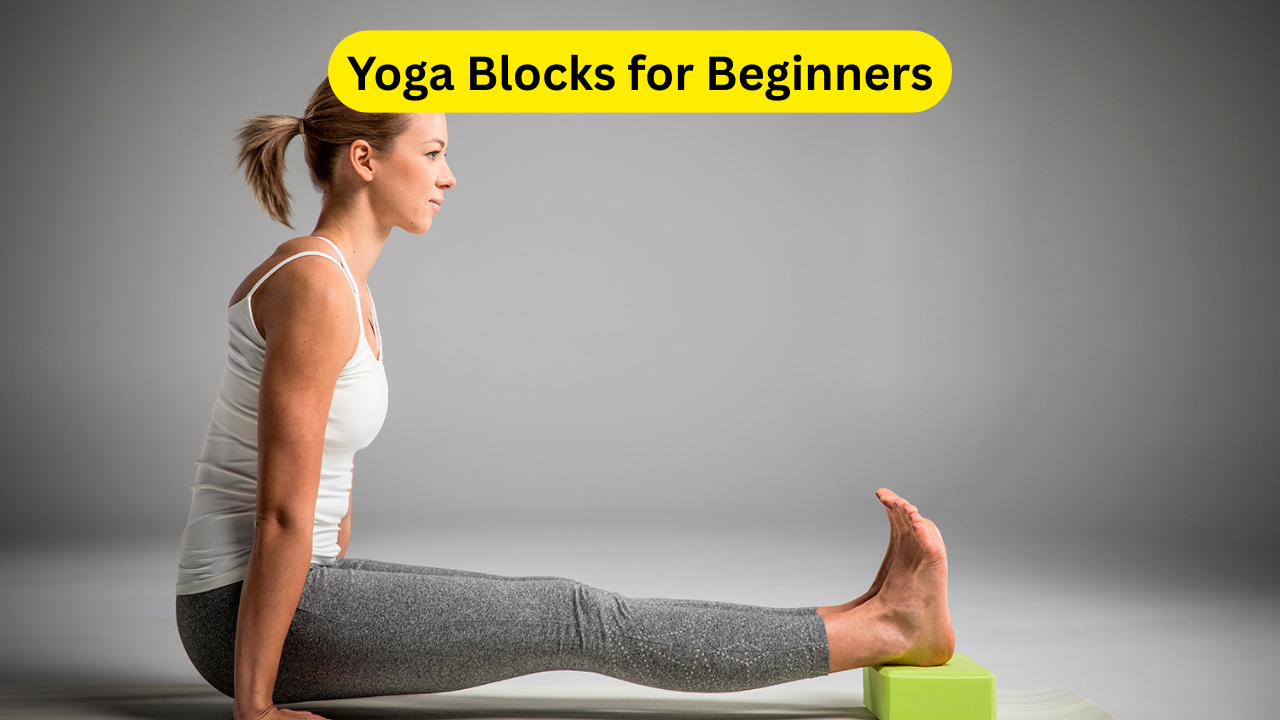Tadasana or Mountain Pose: Yoga is an ancient practice that offers numerous physical and mental health benefits. Among its various poses, Tadasana, also known as the Mountain Pose, serves as the foundation for many standing asanas. While it may appear to be a simple standing posture, it plays a crucial role in improving posture, balance, and overall body awareness. This pose is not just about standing still—it involves engaging your muscles, aligning your spine, and focusing on deep breathing, making it an essential part of any yoga practice.
Regularly performing Tadasana can strengthen your core, spine, and legs, enhancing overall stability. It also helps in reducing back pain by training your body to maintain a straight and upright posture. Whether you are a beginner or an experienced yoga practitioner, incorporating this pose into your daily routine can enhance flexibility, build strength, and promote better concentration. Additionally, this pose is often used as a starting point for other standing asanas in yoga, making it one of the most fundamental positions in the practice.
If you experience fatigue, body stiffness, or poor posture, Tadasana can be an effective remedy. By practicing this pose, you can build endurance and develop better posture habits that can improve your daily activities, such as walking, running, or standing for long hours. It is also a great way to connect with your breath and develop mindfulness, which can reduce stress and promote mental clarity.
Click here: Yoga for Hypertension: 9 Yoga Poses to Avoid with High Blood Pressure
What is Tadasana?
Tadasana, commonly known as Mountain Pose or Palm Tree Pose, is a basic standing yoga posture that provides a strong foundation for many other standing poses. The term “Tadasana” comes from the Sanskrit words “Tada” (mountain) and “Asana” (pose), which means standing tall and steady like a mountain. Although it looks simple, this pose requires proper alignment and engagement of muscles to reap its full benefits.
This asana is great for spinal alignment, allowing your vertebral column to rest in its natural curves. Practicing Tadasana daily can help improve stability, balance, and posture. It also enhances focus and mindfulness by incorporating controlled breathing techniques, which are crucial for stress relief and mental clarity.
How to Do Tadasana (Mountain Pose) Correctly?
Step-by-Step Guide
Follow these steps to perform Tadasana correctly:
- Starting Position: Stand upright with your feet together or slightly apart for better balance.
- Align Your Body: Keep your spine straight, shoulders relaxed, and hands resting at your sides.
- Engage Your Muscles: Distribute your weight evenly across both feet and engage your leg muscles.
- Lift Your Arms: Slowly raise your arms overhead, keeping them parallel with palms facing each other or touching.
- Stretch Upward: Extend your entire body upward while keeping your feet firmly on the ground.
- Breathe Deeply: Inhale deeply as you stretch upward and exhale as you relax.
- Hold the Pose: Maintain the position for 30 seconds to 1 minute while breathing deeply.
- Release Gently: Lower your arms and return to the standing position.
Health Benefits of Tadasana

1. Improves Posture
Tadasana helps in maintaining proper body alignment and prevents slouching, which can lead to spinal issues over time.
2. Strengthens the Core and Spine
By engaging the abdominal muscles and stretching the spine, this pose strengthens the core, lower back, and legs.
3. Enhances Balance and Stability
Since it requires maintaining balance while standing tall, it enhances coordination and stability.
4. Reduces Stress and Enhances Mental Clarity
Deep breathing in this pose helps in reducing stress, anxiety, and mental fatigue by promoting mindfulness.
5. Boosts Circulation and Energy Levels
Performing Tadasana stimulates blood circulation, leading to improved oxygen supply and better energy levels.
Precautions and Safety Tips
While Tadasana is a safe and beginner-friendly pose, it is essential to follow these precautions:
- Avoid locking your knees to prevent hyperextension.
- Do not hold your breath; always practice deep and rhythmic breathing.
- Pregnant women should practice with caution and avoid overstretching.
- Individuals with vertigo or balance issues should perform this pose near a wall or with support.
- If you have any chronic pain or injuries, consult a yoga instructor before attempting this pose.
Also read: 5 New Compact SUVs Launching in India This Year – Mahindra to Tata
Tadasana or Mountain Pose Conclusion
Tadasana is a simple yet powerful yoga pose that provides numerous physical and mental health benefits. It serves as the foundation for many other standing asanas and helps in improving posture, core strength, stability, and overall well-being. By incorporating this pose into your daily routine, you can enhance flexibility, strengthen your spine, and promote better body awareness.
Regular practice of this asana can also contribute to reducing back pain, improving circulation, and promoting a calm and focused mind. Whether you are a beginner or an advanced practitioner, Tadasana can be an excellent addition to your yoga routine. The key is to practice it with proper alignment and mindfulness, ensuring you receive its full benefits.
Yoga is a journey towards self-improvement, and starting with Tadasana is a great way to develop discipline and mindfulness. This simple standing pose may look easy, but when done correctly, it can significantly enhance your physical health and emotional well-being. So, make Tadasana a part of your daily fitness routine and enjoy the benefits it has to offer.
By mastering Tadasana, you lay a strong foundation for a healthier body and mind, making everyday activities more comfortable and improving your overall quality of life.
Tadasana or Mountain Pose FAQs
1. Can beginners practice Tadasana?
Yes, Tadasana is a beginner-friendly yoga pose. It requires no special flexibility or strength and serves as the starting point for many standing asanas. However, proper posture and breathing techniques should be maintained.
2. How long should I hold Tadasana?
You can hold Tadasana for 30 seconds to 1 minute and gradually increase the duration as you become more comfortable. Practicing it daily can lead to noticeable improvements in posture and balance.
3. What is the best time to practice Tadasana?
The best time to practice Tadasana is in the morning on an empty stomach. However, it can also be done in the evening, provided there is a gap of at least 2-3 hours after meals.
4. Can Tadasana help in weight loss?
While Tadasana alone may not directly lead to weight loss, it helps improve metabolism, posture, and body awareness, which can contribute to an active lifestyle and better calorie management.
5. Are there any variations of Tadasana?
Yes, Tadasana has variations like Urdhva Hastasana (Upward Salute), where arms are lifted overhead, and Samasthiti (Equal Standing Pose), which focuses more on balance and breath control. These variations help in enhancing flexibility and strength.









